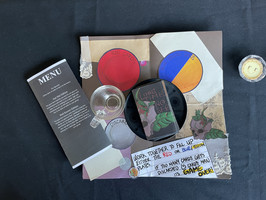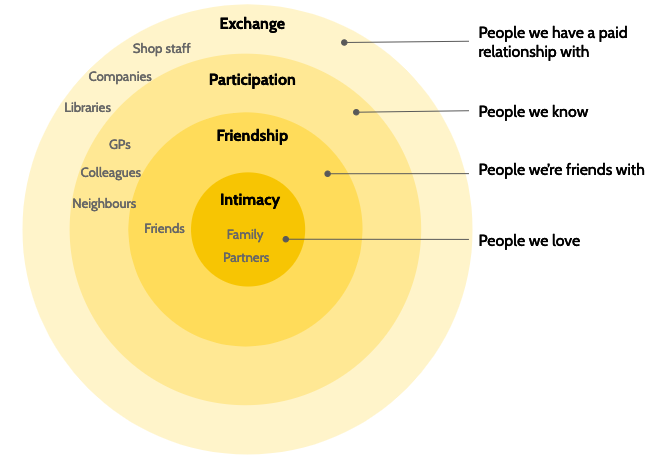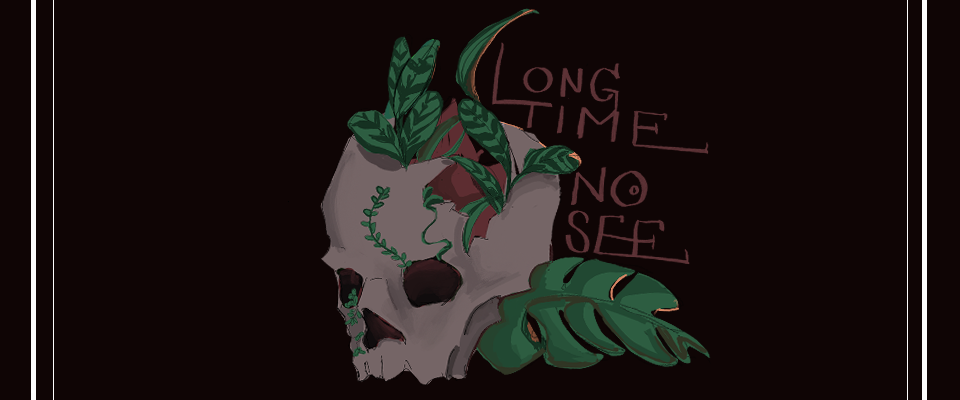Observations to Relationships During Playtesting


During one of our playtesting nights and our final class exhibition, not only did we take notes about the mechanics of our game and what needed improvement, but we also took notes on the relationship dynamics between players, ranging from strangers who just met to people who were already established best friends.
Exploring Relationship Dynamics
Upon going through a variety of playtests with different people, we noticed various personality types and relationship dynamics going into the game. We categorized them as follows:
Just - Met Edition:
Group A (classmates): During one of the playtests, group A was very logical and benefited from achievement tokens to have a quantifiable aspect to look into. This group took the red card questions literally and analytically, questioning the questions themselves and creating hypothetical situations for their benefit. For example, a question arose, "If you could say something to your past self, what would it be," they interpreted it as time traveling and said, "I would give my past self the winning numbers to a lottery ticket and get SO RICH." Moreover, witnessing this playtest caused another iteration of the game to make the tokens evident but optional. Group A had ultimately queered the gameplay of Long Time No See and took interpretations of the questions in a very different approach that ended up being very entertaining to watch.
Group B (strangers): This was two people who never met each other. At first, they were a little awkward around each other; we observed their body language, and they were shaking/fidgeting with their hands/clothes. However, the more they started to answer really deep questions, the longer they played our game, and the more they got to know one another. In the end, they ended on a really strong note, and these two guys who were once strangers were now friends.
Group C (professional dynamic): Three students and one instructor/professor playing. This dynamic remained the same within the majority of the game, but honesty and vulnerability surfaced onto the table. After debriefing with the players, one expressed feelings of relief similar to how they feel after a long therapy session. Another said they felt heard and reflected most on the questions that are not commonly asked within day-to-day life. Although there were some restrictions due to the strict student/teacher relationship, they were still able to relate to one another and form a stronger bond.
Group E (acquaintances): Before playing Long Time No See, this group of two knew each other from one club meeting. They were acquaintances prior to playing our game. During our game, they started to become emotionally driven halfway through, talking about their relationships with their families, situations about their past life, tears were shed, and ultimately, relaying/relating the same sentiments back and forth. In the end, we can confidently say that they are now officially friends.
Well Known Edition :
Group D (students in similar environments - well known): these were three people who knew each other very well - they worked together, had meetings with each other for class/club events, and were very friendly towards each other before playing our game. Although they knew each other well, there were questions provided in the card game that they never thought about, such as “What were your first impressions about me?”, etc. This brought out a sense of sincerity amongst the group, and they were quite serious and honest about their answers toward each other. Overall, this group that had a deep bond before now has an even deeper relationship and understanding with one another.
Group E (again): At the end of our quarter/semester, we asked the same pair of people to playtest our game again. This time, since they're more well-known / actually friends now, we made them try out the Well-Known edition. During their session, we could tell a couple of changes since the last time they played: they were more comfortable talking with each other and they were willing to be more silly around each other. Moreover, with the more personal questions, they were able to answer specific things about each other, such as "What was your favorite memory of me?" - and not get half-baked answers like "I dunno, I just met you." Overall, after their session, it just reaffirms that they are, for sure, good friends.
The Game Dev group (for fun): Naturally, we playtested our game over and over again, testing out the mechanics and testing our emotions. Although this may have some sort of bias (because we ultimately made the questions and prompts), we still surprisingly had cathartic experiences. There were definitely some intimate moments shared that shed some tears, and we shared some answers that we'd usually never share with anyone casually. In the end, we were closer than before developing this game - not even the developers were free.
Results


Looking at the graph shown above, we placed our groups within four quadrants: casual, emotional/intimate, emotional/strangers, and logical/strangers. On the x-axis, we measured the sincerity of the answers on a logical to emotional scale. On the y-axis, we measured the relationship status of the players prior to them playing the game from just-met to well-known.
We want to acknowledge the different environmental factors that could skew our results and observations within this research, such as the exposed placement of the space during the main exhibition. For example, some groups (like Group E) played Long Time No See in a secluded study room, while most, if not the rest of the groups played in a public, crowded area. Moreover, the players' different personalities, backgrounds, and upbringings can hugely affect the game is played - whether players are very serious about their answers (like Group D) or very silly, yet sometimes philosophical (like Group A).
Now, how does quantifying emotions concerning relationships work on a graph? We have no idea; we're game-dev students, not psychologists/scientists. But based on our observations during playtesting and the line of best fit on the graph, we can conclude that the more cathartic the experience is, the more intimate the bond can be between players.
Thank you for reading our playtest results! We hope that you can get a different cathartic experience with your personal group of friends/family/partner, etc! :)
Files
Get Long Time No See
Long Time No See
A turn-based card game that encourages players to confront difficult questions about themselves, and others.
| Status | Released |
| Category | Physical game |
| Authors | MetaToshi, Aletriz_art, Hazyhermit |
| Genre | Card Game |
| Tags | Casual, catharsis, emotional, Print & Play |
More posts
- Why is Long Time No See Queer?Dec 12, 2023

Leave a comment
Log in with itch.io to leave a comment.